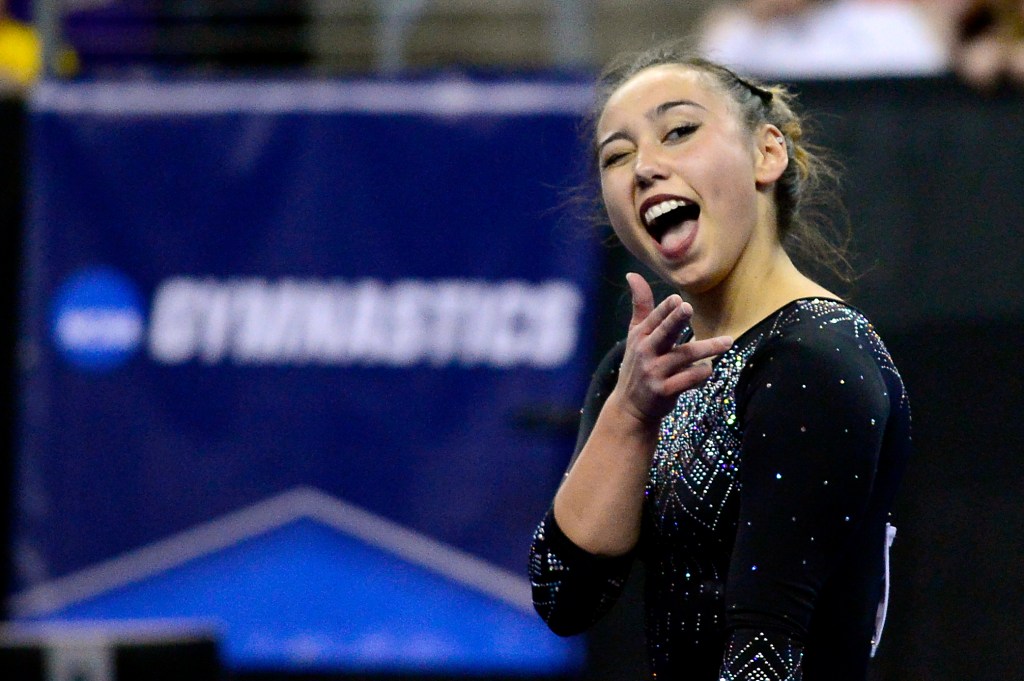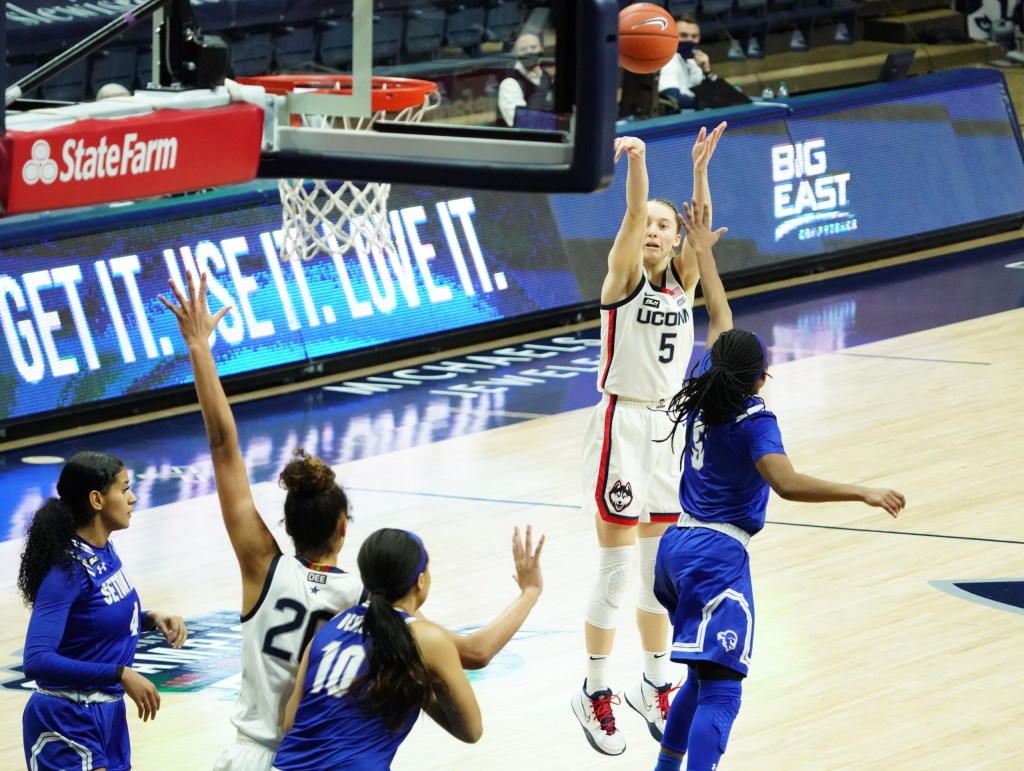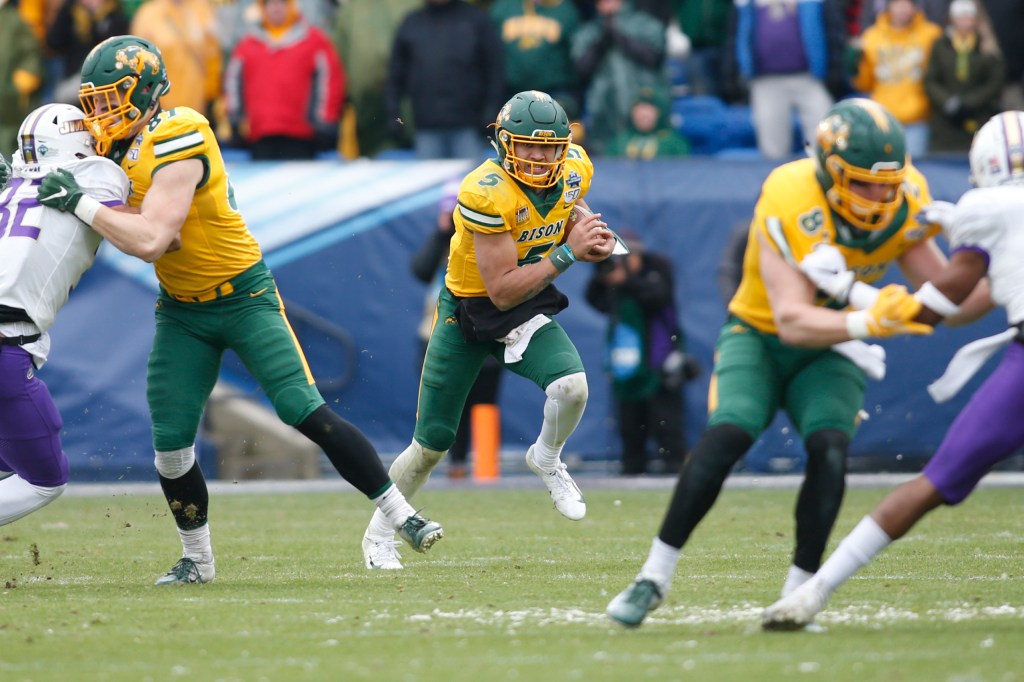UCLA gymnastics’ viral floor routines have become an “annual” tradition — the most recent being Margzetta Frazier’s Janet Jackson tribute last week.
But the Bruins’ videos could amass more than just thousands of likes. They’re laying the groundwork to earn more than $1 million when name, image, and likeness rules take effect, and setting up individual gymnasts to rival the potential profits of prominent men’s athletes.
Staggering Numbers
In all, the 2019-20 UCLA gymnastics team could have been worth $1.25 million per year in endorsements, according to a 2020 study by AthleticDirectorU, a platform for college sports professionals, and Navigate.
The account’s social media posts, for example, would be worth almost $10,000 each, the study found. And former gymnasts Madison Kocian and Kyla Ross could have earned $466,000 and $323,000 as seniors, respectively, ranking in the top 25 of all Division I athletes’ earning potential.
In 2021, “the numbers have definitely gone up,” Jason Belzer, sports lawyer and publisher of AthleticDirectorU, told FOS in an email. For example, UCLA gymnast Nia Dennis, a senior, could earn $204,000 on her own, according to Belzer’s most recent estimates.
Belzer attributes UCLA’s projected NIL success to a few factors: high-quality marketing, recruitment of top athletes, and “prestige” of a program that “has led to incredible fan interest.”
UCLA athletes themselves know how much money they could make. Katelyn Ohashi said she was frustrated that she couldn’t sign endorsement deals at the height of her fame in a 2019 New York Times video, and that she supported California’s law allowing college athletes to profit off NIL.
The Implications
UCLA gymnastics’ NIL success likely will have far-reaching effects — the projections illustrate that NIL profits for women athletes nationwide could be staggering, with many earning thousands.
“I would bet that on average, they will earn more than their male counterparts who are participating in more prominent sports,” Belzer said.
After all, the study found that UCLA gymnasts alone would have already rivaled the earning potential of both former Michigan State guard Cassius Winston and former Ohio State quarterback Justin Fields.





